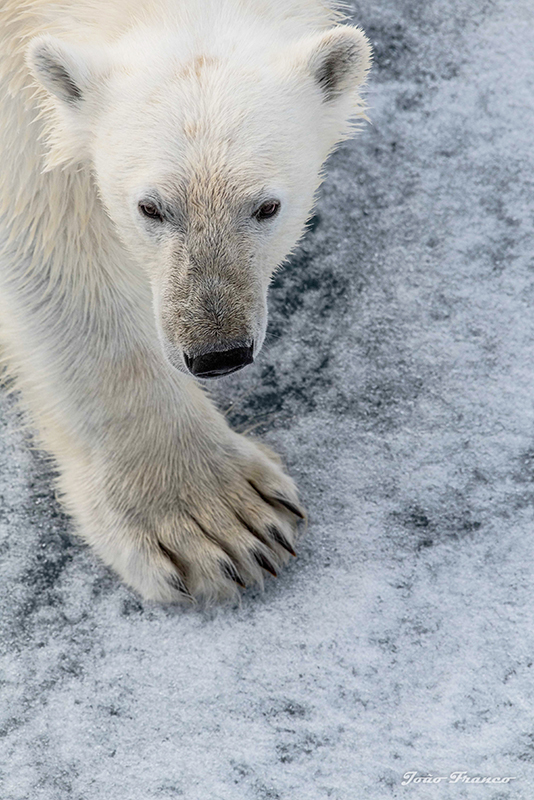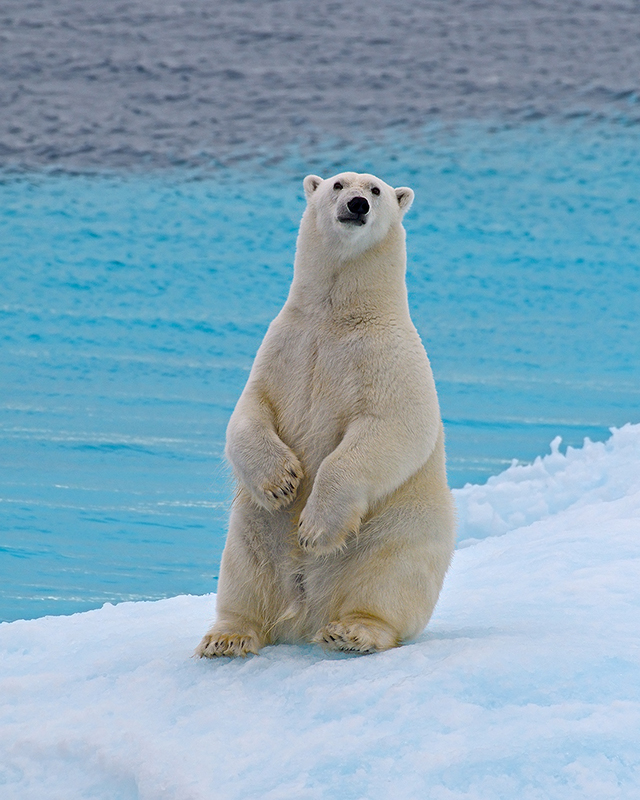In celebration of National Polar Bear week, let’s take moment to celebrate these majestic mammals. The dates for National Polar Bear week were chosen intentionally, as the first week of November coincides with the fall polar bear migration to one of the most famous locales in the world for bear spotting – Churchhill, Manitoba.
Polar Bear sightings are one of the top highlights of One Ocean Expeditions’ voyages to the Canadian Arctic, Greenland and the Norwegian Arctic. Not only are they beautiful, but they are also incredibly interesting. Here are ten fun facts you may not have known about polar bears:
- Polar bears migrate to Churchill in Canada because they are waiting for the water to freeze over on Hudson’s Bay, so they can travel north to hunt for seals.
- Polar bears have an incredible sense of smell – they can sniff out prey from up to a kilometre away. They can also detect a seal in the water beneath a metre of ice and compacted snow.
- A DNA specialist was able to isolate DNA from a polar bear’s footprint in the snow. Not only was the scientist able to determine the bear that made the print, but also the seal that it had recently eaten.

- Polar bear cubs are born inside a snow den that the mother will make. They stay inside the den for the first four or five months the cubs are alive.

- A newborn cub weighs just a half a kilogram and is measured around 30cms long. A grown bear can measure over 2.5m long and weigh around 800kg.
- A polar bear’s fur isn’t actually white, it’s transparent. The hollow core of the fur follicle reflects light, which helps the bear blend in with its surroundings; the perfect camouflage.

- As well as thick fur, polar bears have a blubbery layer of fat that insulates them, and black skin to help them absorb the suns warmth.
- Adult polar bears are generally solitary, preferring to spend time alone unless they are breeding or cub rearing.

- Male and non-breeding female polar bears do not hibernate.
- Polar bears are the only bear species classified as marine mammals. This is due to the fact that they spend most of their lives on sea ice in Arctic areas and depend on the ocean for their food and habitat.
If you have always dreamt of seeing a polar bear in the ‘fur’ then check out our voyages in the Canadian Arctic and Spitsbergen.
















